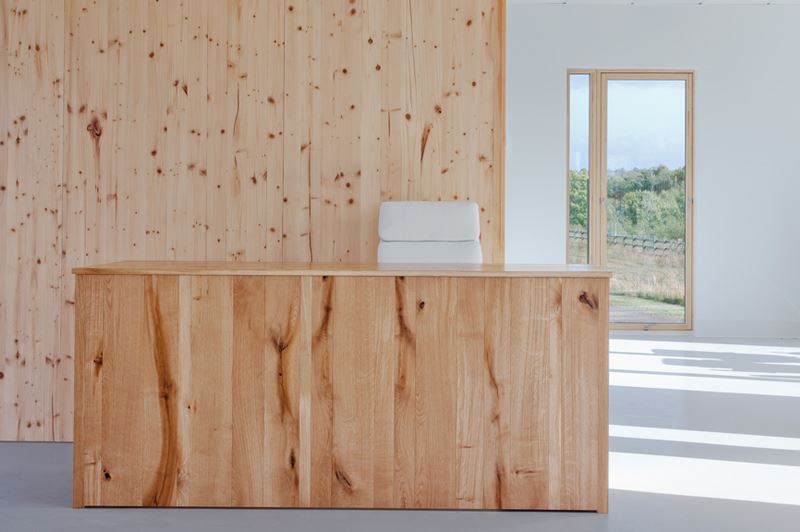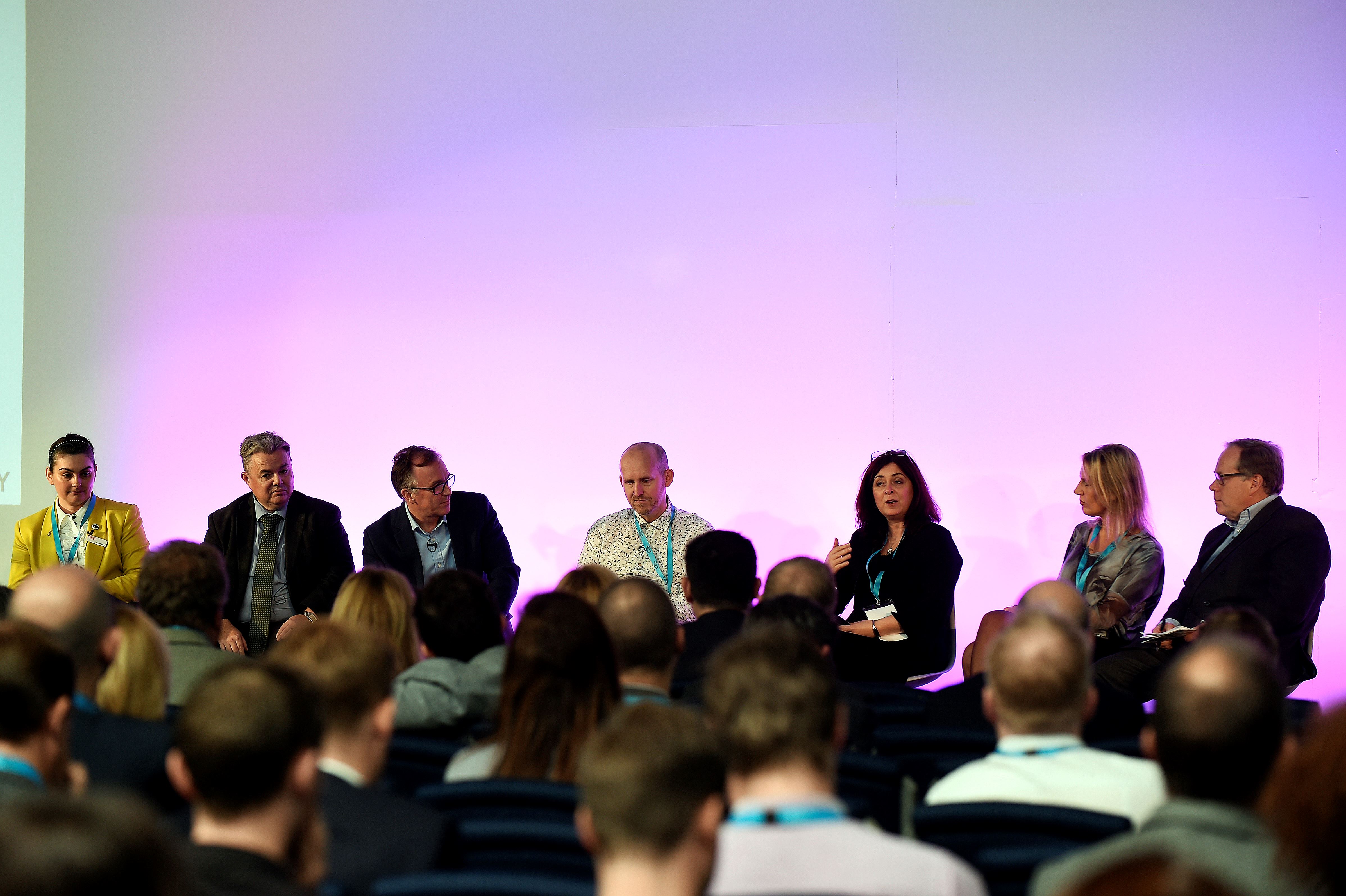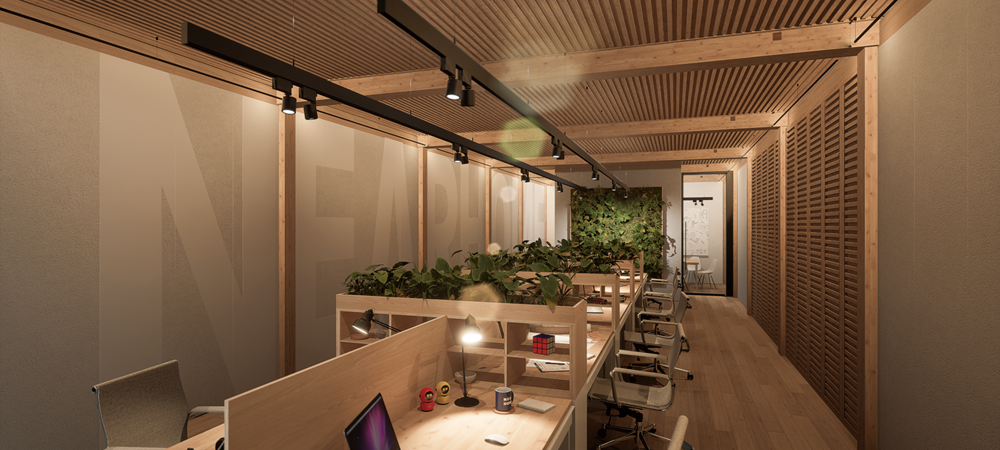Content
Accelerate to Zero Podcast: How to finance retrofit
The Accelerate to Zero podcast is back with a new retrofit focused series in collaboration with the National Retrofit Hub (NRH). Throughout the series, we’ll spotlight each of the six working groups within the National Retrofit Hub, featuring various guest speakers and innovators from across the UK retrofit sector.
In the latest episode of the Accelerate to Zero podcast host Rachel Owens, Co-Director of the NRH, speaks with a panel to explore the complex world of how to finance the retrofit transition. Without working this out, we will struggle to deliver retrofit at the scale we need in the UK. Rachel speaks to Gemma Bone Dodds from the Scottish National Investment Bank (SNIB), Rob Morrison from BE-ST, and Cara Holmes from Citizens Advice to understand the financial barriers, the need for cultural shifts, and potential solutions for driving the retrofitting industry forward.
Financial barriers to retrofit
One of the main hurdles to scaling retrofit projects is financing. While financial products that can help like zero-interest loans exist, the uptake has been disappointing. Rachel notes, “We know that people like Lendology have been lending against energy efficiency measures for quite some time now, but the uptake for these sorts of products doesn’t seem particularly high.”
Gemma adds that finance itself isn’t the main issue. "The problem isn’t finance - it’s about how the projects get created and made, and that development needs to be paid for.” This points to a deeper problem - a lack of coordination and project development rather than the absence of funds.
Rob backs this up, highlighting the difficulties homeowners and businesses face when navigating public finance for retrofitting projects. “Doing things at speed and in a clear administrative manner is a challenge,” he says, as the bureaucratic complexity of accessing finance often deters potential participants and contributes to the low uptake we see.
Cultural barriers and lack of coordination
The panel discusses cultural problems that they all witness as well. Cara notes that most homeowners currently invest in visible home improvements, like new kitchens or extensions, over energy-saving measures like insulation. “People spend money on visible changes—not on things like insulation. There’s a cultural issue here,” she says, emphasising the disconnect between available finance and consumer demand.
Cara also points out that this is a "chicken-and-egg" situation, meaning that finance providers say there's no demand for retrofitting products, while homeowners claim the available products don’t suit their needs, creating a stalemate where without both of these changing, neither group is prepared to take the leap. To overcome this, she argues that we need to pre-empt the demand and provide advice, action, and structural incentives.
New financial models
Looking ahead, emerging financial models like "heat as a service" and property-linked finance offer promising solutions. These models aim to reduce upfront costs by tying retrofit investments to existing energy bills, potentially achieving cost-neutrality by offsetting the retrofit expenses with energy savings.
Retrofit finance presents a complex challenge. The barriers are not just financial—they involve administrative, cultural, and structural issues. To move forward, innovative financial models, cultural shifts, and better coordination are key to increasing the level of uptake. By focusing on long-term benefits like energy efficiency and comfort, the industry can unlock greater demand for retrofit and contribute to a more sustainable future.
Listen to the full episode
Ep 704: Gemma Bone Dodds, SNIB, Rob Morrison, BE-ST and Cara Holmes, NRH





